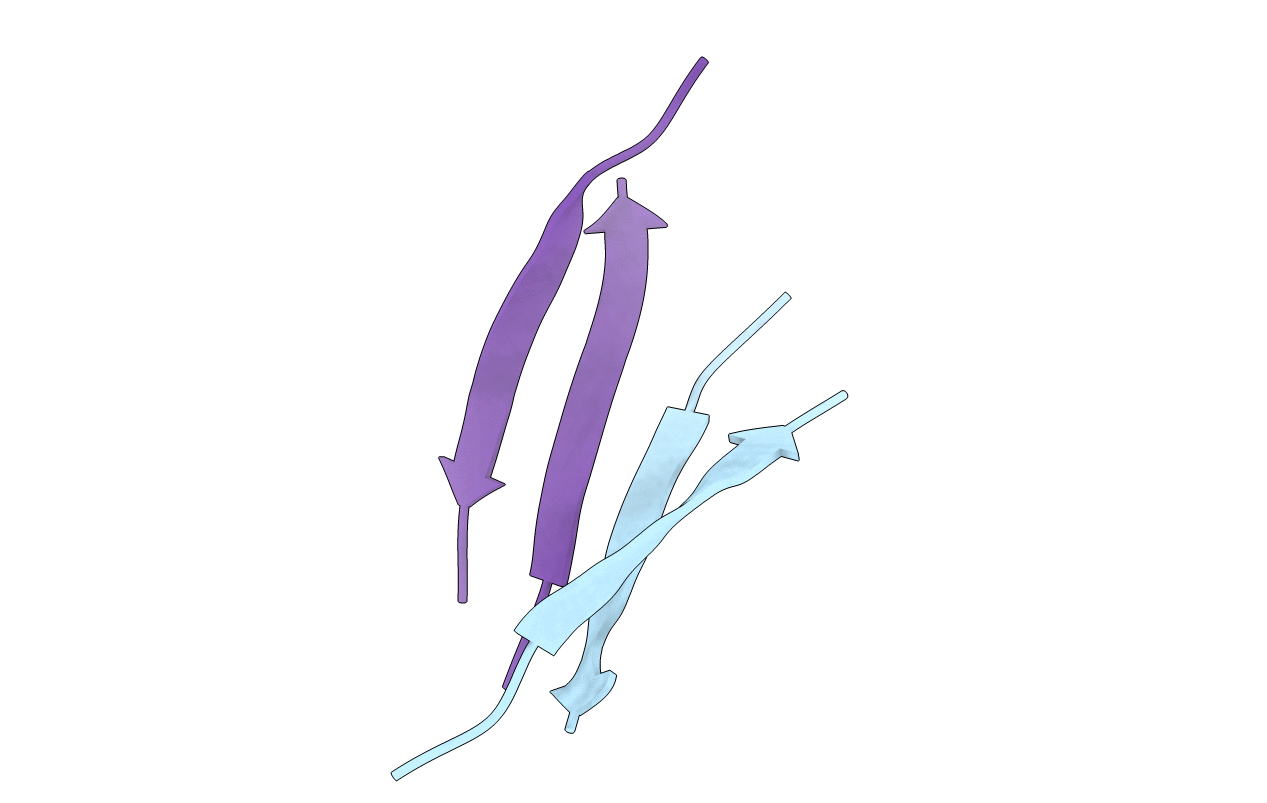
Deposition Date
2020-02-14
Release Date
2020-06-17
Last Version Date
2023-10-11
Entry Detail
PDB ID:
6VU4
Keywords:
Title:
Structure of a beta-hairpin peptide mimic derived from Abeta 14-36
Biological Source:
Source Organism:
Homo sapiens (Taxon ID: 9606)
Method Details:
Experimental Method:
Resolution:
2.08 Å
R-Value Free:
0.27
R-Value Work:
0.22
R-Value Observed:
0.22
Space Group:
F 4 3 2


